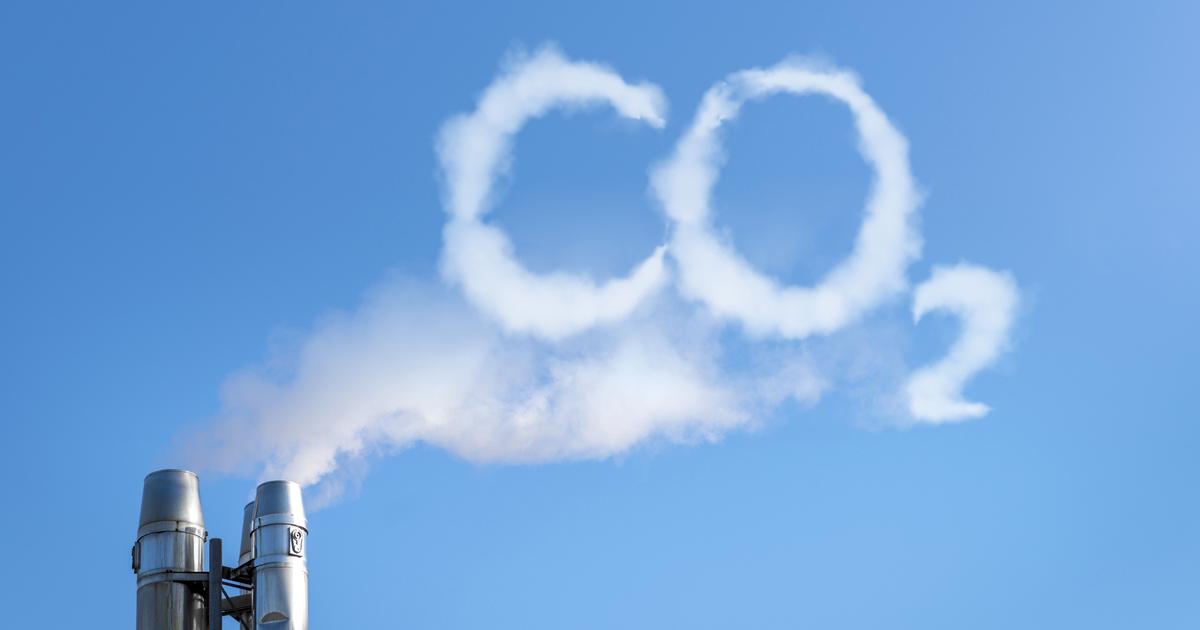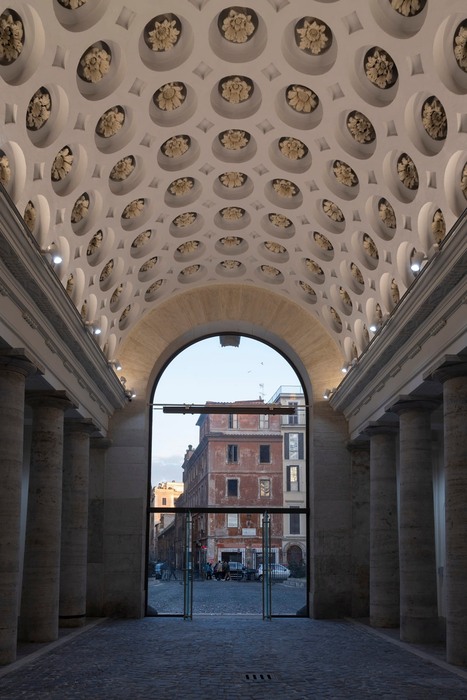The first country in the world to bury CO2 imported from abroad
, Denmark on Wednesday inaugurated a carbon dioxide storage site 1,800 meters under the North Sea, a tool considered essential to curbing global warming.
"Today we have opened a new green chapter for the North Sea", celebrated Prince Frederick, when starting the pilot phase of the project in Esbjerg.
The carbon dioxide storage site is located 1,800 meters under the North Sea.
Paradoxically, this CO2 graveyard is an
old oil field
that contributed to the emissions.
Led by the British chemical multinational
Ineos
and the German energy company
Wintershall Dea
, the "Greensand" project will allow up to
eight million tons of CO2
to be stored per year until 2030.
Still in its infancy and very expensive, carbon capture and storage (CCS) consists of capturing and then trapping CO2, the main cause of global warming.
There are currently more than 200 projects operating or under development around the world.
Carbon came from afar
What makes Greensand special is that, unlike existing sites that sequester CO2 from neighboring industrial facilities, it uses
carbon from afar.
"It is a European achievement in terms of cross-border cooperation: CO2 is captured in Belgium and very soon in Germany, loaded by ship in the (Belgian) port of Antwerp," said European Commission President Ursula von der Leyen.
The gas is transported by sea to the Nini West platform, at the edge of Norwegian waters, and transferred to a reservoir
1.8 km deep.
For the Danish authorities, who aspire to carbon neutrality by 2045, it is an "indispensable instrument in our climate toolbox".
The cemetery is essential to stop global warming.
The North Sea is a region ripe for burial because it is home to many pipelines and geological reservoirs that have been left empty by decades of oil and gas production.
"Depleted oil and gas fields have many advantages because they are well documented and infrastructure already exists that can most likely be reused," says Morten Jeppesen, director of the Center for Marine Technologies at the Danish University of Technology.
Near Greensand, the French giant TotalEnergies is going to explore the possibility of burying more
than two kilometers under the seabed
some 5 million tons of CO2 per year until 2030.
A CCS pioneer, neighboring Norway will also receive tons of liquefied CO2 from Europe in the coming years.
The main producer of hydrocarbons in Western Europe, the country also has the largest CO2 storage potential on the continent.
The quantities stored remain small relative to the magnitude of the emissions.
According to the European Environment Agency, the European Union emitted 3.7 billion tons of greenhouse gases in 2020, a low level for being a year affected by the pandemic.
Long perceived as a technically complicated and costly solution, CCS is now seen as necessary, both by the Intergovernmental Panel on Climate Change (IPCC) and the International Energy Agency.
But
it is not a silver bullet to global warming.
The carbon dioxide storage site is located 1,800 meters under the North Sea (INEOS).
The energy-intensive process of capturing and storing CO2 emits the equivalent of 21% of the gas captured, according to Australian think tank IEEFA.
And the technique involves risks, the research center warns, citing the risk of leaks with catastrophic consequences.
Among environmental advocates, the technology
does not have unanimous support.
"It doesn't solve the problem and it prolongs the harmful structures," says Helene Hagel, energy officer at
Greenpeace Denmark.
"The method does not change our deadly habits. If Denmark really wants to reduce its emissions, it needs to deal with the sectors that produce a large part of it, namely
agriculture and transport
," he said.
AFP Agency.
look too
The terrible end of the Tollund man, the most beautiful mummy in the world
look too
Impressive video: a crocodile goes through some bars by force
look too
The best house in the world is in a favela in Brazil
GML









